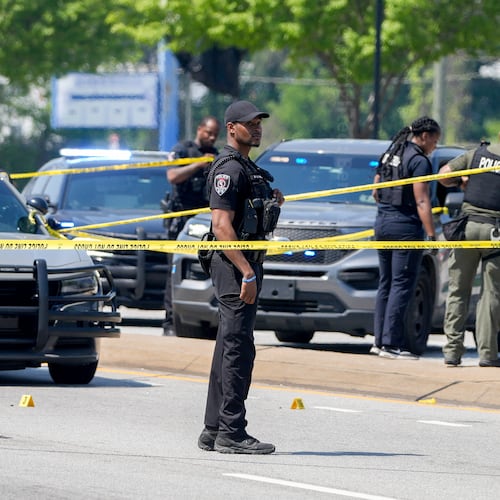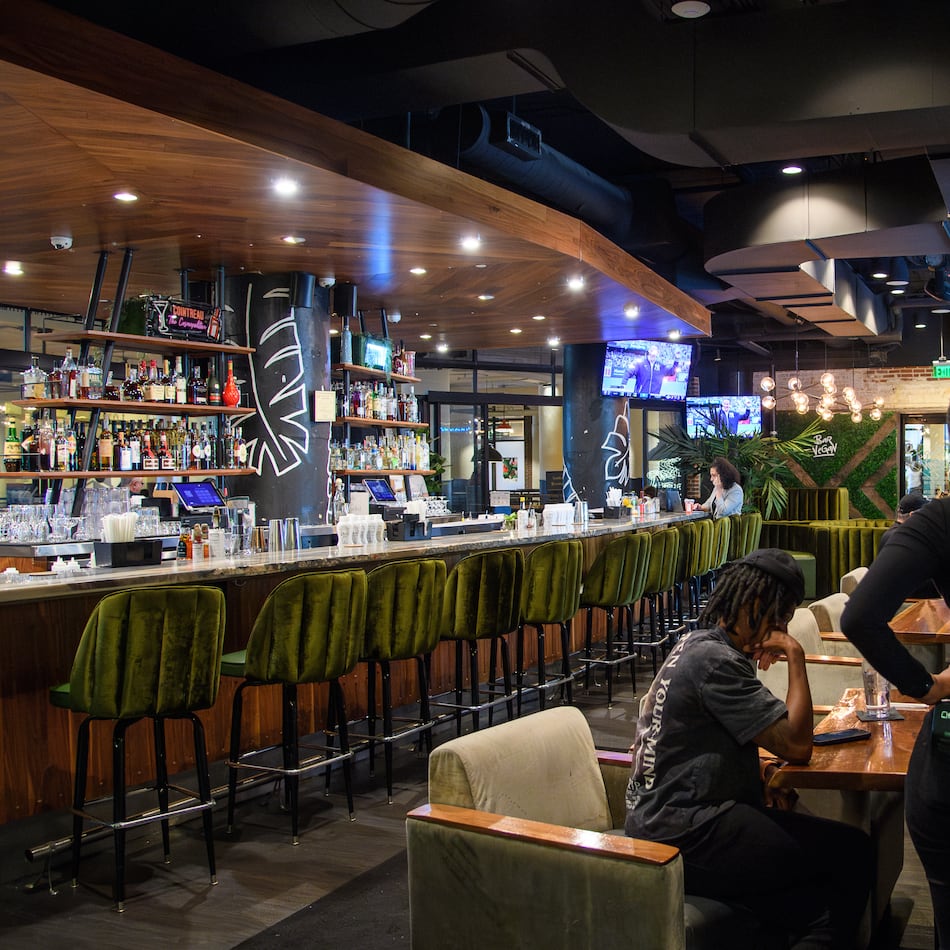It is always a trade-off, said Gerard Filitti.
The $26 trillion-a-year American economy demands transport of enormous amounts of goods and materials — much of it toxic — in a continual struggle to balance safety and health against efficiency and profitability.
No one wants hazardous waste in their air and water. But companies want high profits and consumers want low costs.
“Ultimately, there is no way to mitigate all the risk involved in transporting hazardous materials,” said Filitti, senior counsel at The Lawfare Project, who has represented companies in cases involving toxic spills. “The East Palestine derailment serves as a reminder of the hidden dangers we encounter in our daily lives.”
Toxic chemicals are used in many manufacturing processes and are essential to making plastics, paints, pesticides, firefighting foam and various cleaners.
When a Norfolk Southern train derailed Feb. 3 in Ohio, 38 cars — including 11 containing toxic materials — went off the track. The ensuing fire and the controlled burn that followed sent a mushroom cloud looming over the small town and drew a national spotlight.
In the wake of that disaster, some industry critics called for stricter regulations and more emphasis on safety, but they acknowledged that the East Palestine derailment was only one example — however costly, dramatic and life-threatening — of the day-to-day risk acceptance embedded in the American economy.
“Derailments happen and they happen fairly regularly and most of the time, no one notices,” said Kristen Boyles, an attorney with EarthJustice, a nonprofit group that litigates environmental issues. “The cranes come, lift the cars up, put them back on the track or take them away and that’s the end of it.”
About 2.2 million carloads of various chemicals were transported by rail in 2021, nearly a billion tons of hazardous materials, up 30% over the last 15 years, according to the Association of American Railroads.
With trains getting longer, rail cars growing older and the volume of materials being shipped increasing along with the economy’s need for the toxic chemicals, the stakes have risen, Boyles said. “Then, when you have an accident, it can be a complete disaster.”
Critics don’t say the railroad companies are flouting the rules — just the opposite.
“They are following the rules,” Boyles said. “The rules are just insufficient to limit the inherent danger.”
Even in the East Palestine disaster, the preliminary investigation by the National Transportation Safety Board showed no violation of any safety regulation, according to Jennifer Homendy, the agency’s chairwoman, speaking during a press conference Thursday.
“We have no evidence that the crew did anything wrong,” she said.
But “accident” is a word she hates, she said. “We have never seen an accident that was not preventable.”
Many incidents happen away from the spotlight. In December, a Norfolk Southern train derailed in Savannah on its way to the port. Four empty containers went off the tracks, according to a spokeswoman for the company.
No harm, no foul, no national spotlight.
But critics say the difference between a quickly-forgotten accident and a calamity can be a matter of luck.
“Any of them at the wrong place at the wrong time could be deadly,” said Ron Kaminkow, an organizer for the Railway Workers Union, which has fought industry job cuts. “Even East Palestine — had the wreck been right downtown, a little farther west, it could have killed a number of people.”
Hazardous materials have spilled or leaked from trains more than 5,000 times in the United States in the past decade. Yet trucks are much more commonly involved in accidents, according to a USA TODAY analysis of federal data. For every rail leak, there were 67 on highways.
The rules of engagement have been written over decades in a continuous clash among companies, regulators, politicians and consumers who argue about trade-offs between safety and efficiency, between profits and accountability.
The industry says it is much safer than it has been in the past, but its lobbyists have often worked to resist stricter regulations.
It has been a back and forth, with accidents sparking calls for tougher rules and the industry always pushing back and often winning. Under President Barack Obama, the Federal Railroad Administration tightened safety standards, requiring trains carrying hazardous materials to upgrade their braking systems. During the administration of Donald Trump, that rule was repealed.
In 2021 alone, there were 868 derailments, according to NTSB’s Homendy.
In the past seven years, there were 110 derailments involving toxic materials, 21 of them Norfolk Southern trains, including two in Georgia, according to the Federal Railway Administration. Roughly 1,560 went off the track and 19 people were injured, but there were no fatalities.
Among Norfolk Southern’s derailments involving toxic chemicals, six caused more than $1 million in damage. The worst was a 39-car derailment in Jefferson County, Georgia, in early 2019 that caused $3.75 million in damage.
None of the recent accidents compare with the 2005 crash in Graniteville, S.C. when two Norfolk Southern trains collided, killing nine and exposing hundreds of people to chlorine gas.
But the continual motion and massive volumes mean a need to accept the chance for problems, according to Norfolk Southern in its most recent annual report. “The risk of incurring environmental liability, for acts and omissions, past, present, and future, is inherent in the railroad business.”
About the Author
The Latest
Featured


